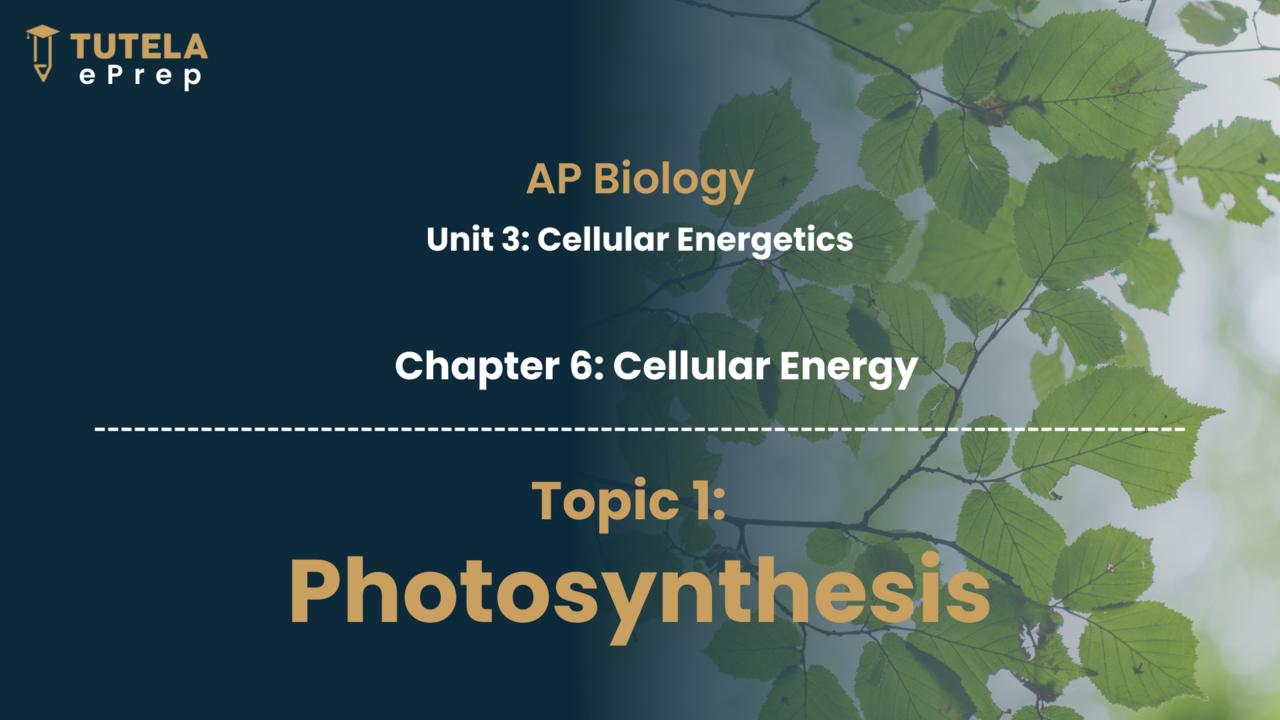
AP Biology
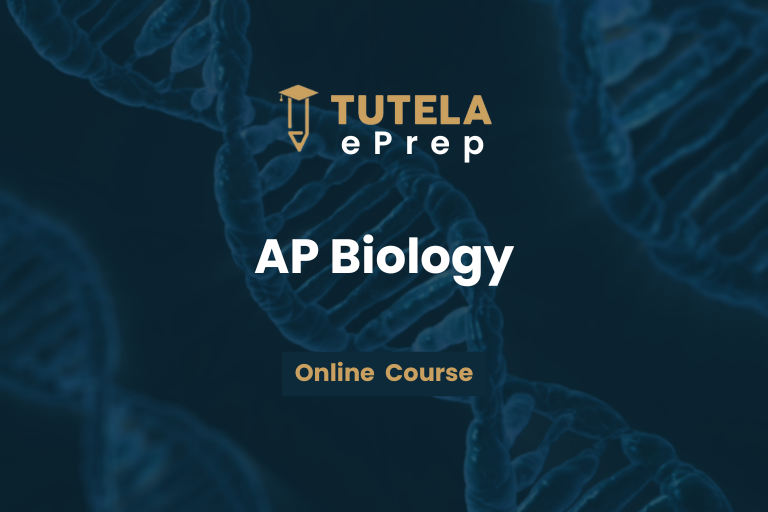
Units
Unit 1: Chemistry of Life


Class Notes

Purchase the course to proceed
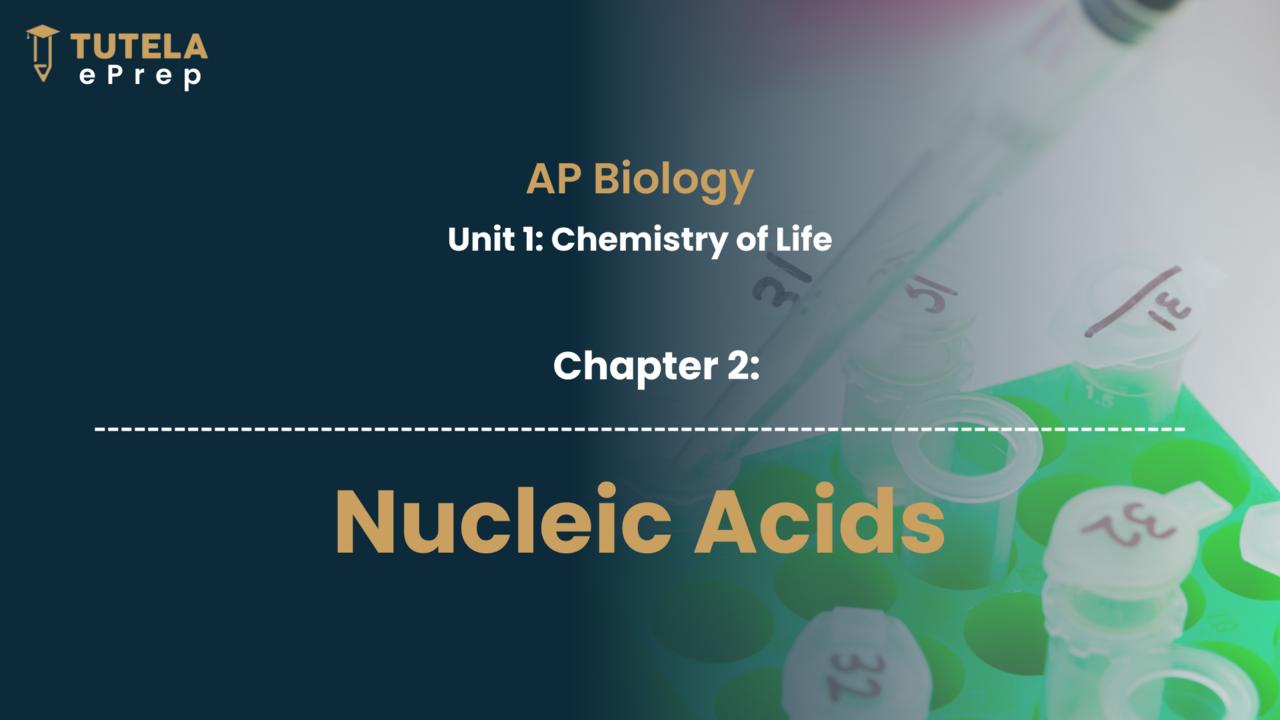
Chapter 2 focuses on nucleic acids, primarily DNA and RNA, exploring their structure, functions, and roles in genetics and protein synthesis.
This Chapter includes the Unit 1 Worksheet
Total no. of Questions: 22
MCQ: 20
FRQ: 2

Class Notes
Unit 2: Cell Structure and Function
Subcellular Components

Purchase the course to proceed
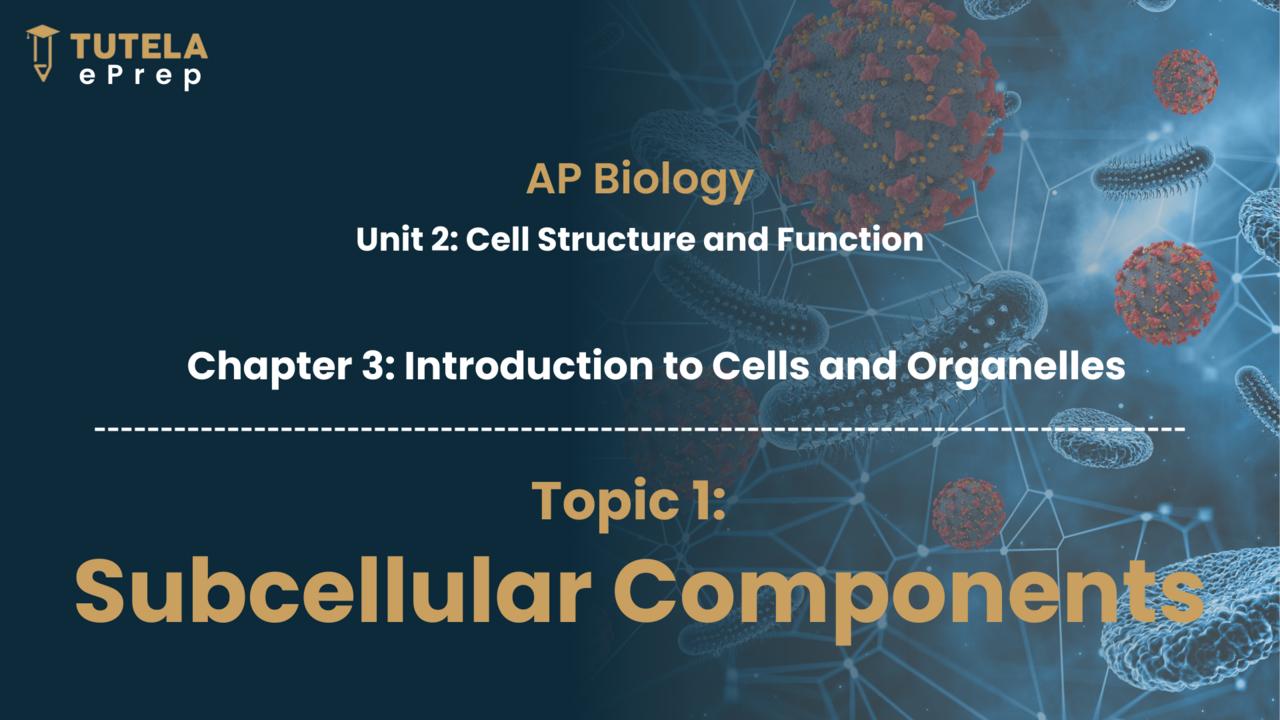
Subcellular Components, Cytoskeletal Structures, and Cell Size

Purchase the course to proceed


Purchase the course to proceed
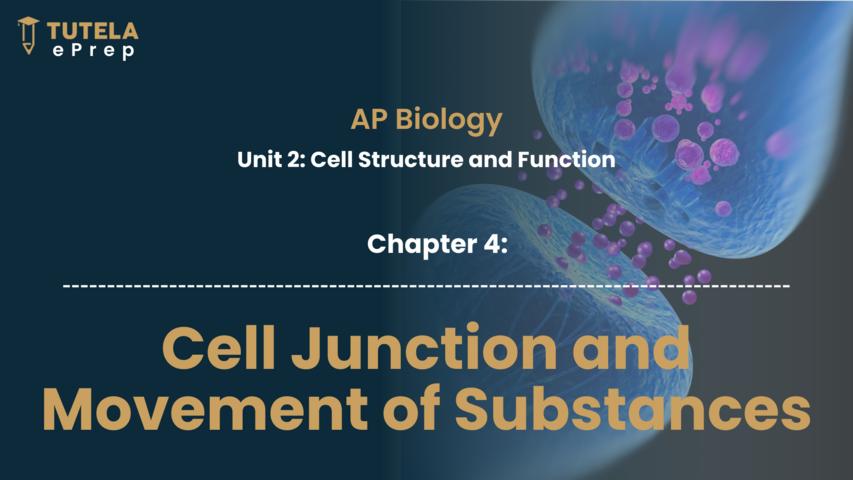

Class Notes
Unit 3: Cellular Energetics

Purchase the course to proceed


Class Notes
Cellular Respiration

Purchase the course to proceed

Unit 4: Cell Communication and Cell Cycle
Signal Transduction Pathway

Purchase the course to proceed
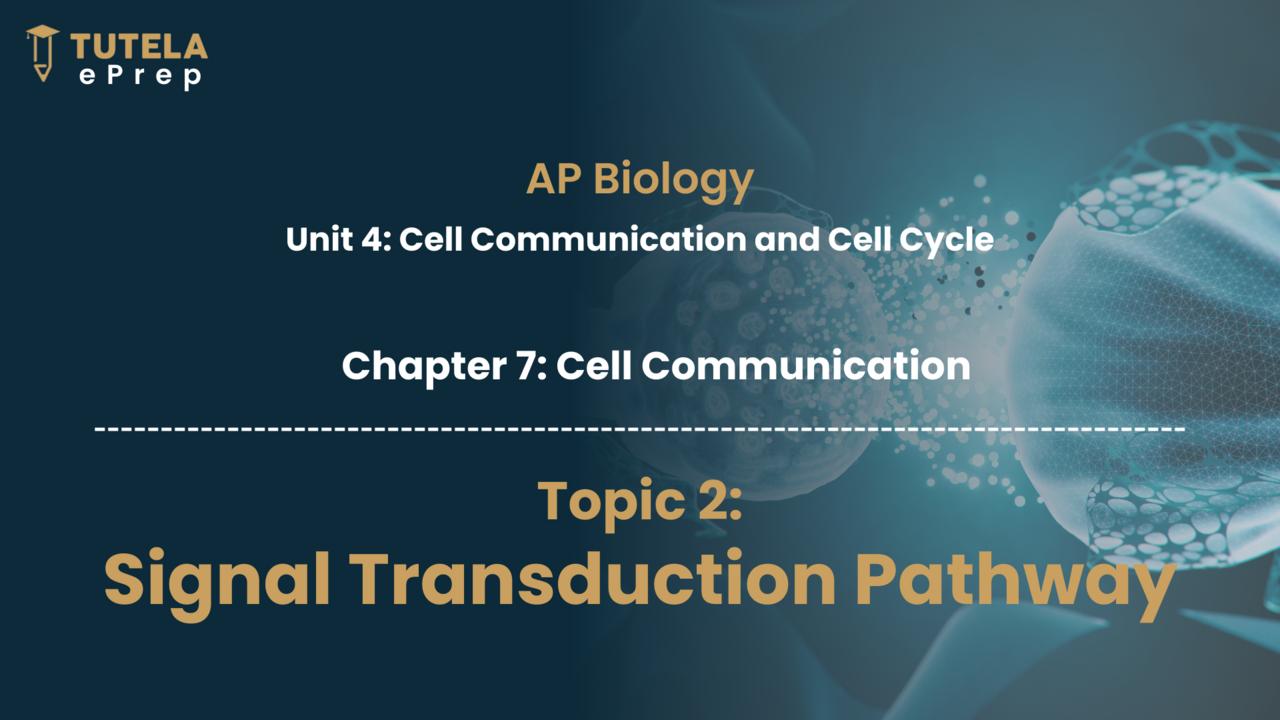

Purchase the course to proceed


Class Notes
Unit 5: Heredity

Purchase the course to proceed
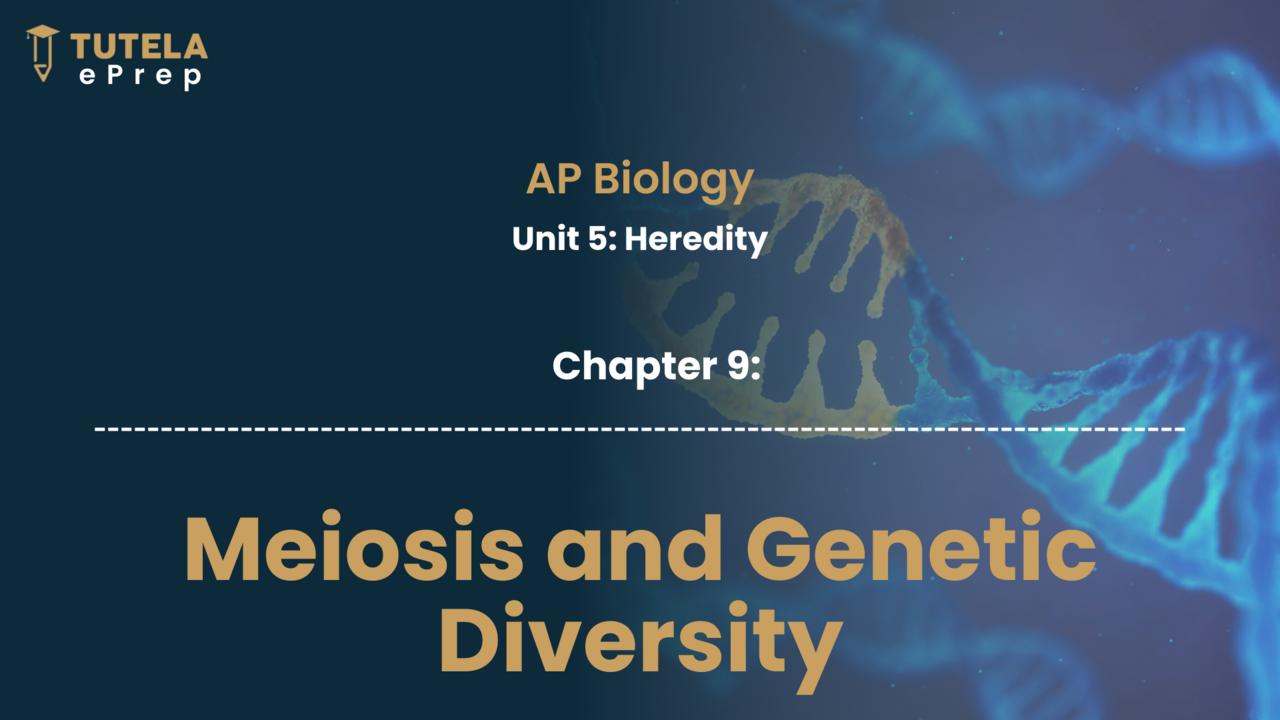

Class Notes

Purchase the course to proceed
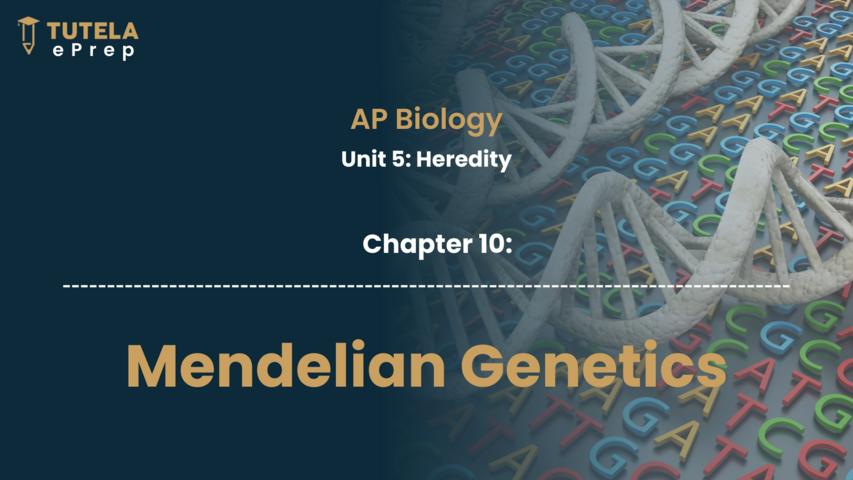

Class Notes

Purchase the course to proceed


Class Notes

Purchase the course to proceed


Class Notes

Purchase the course to proceed
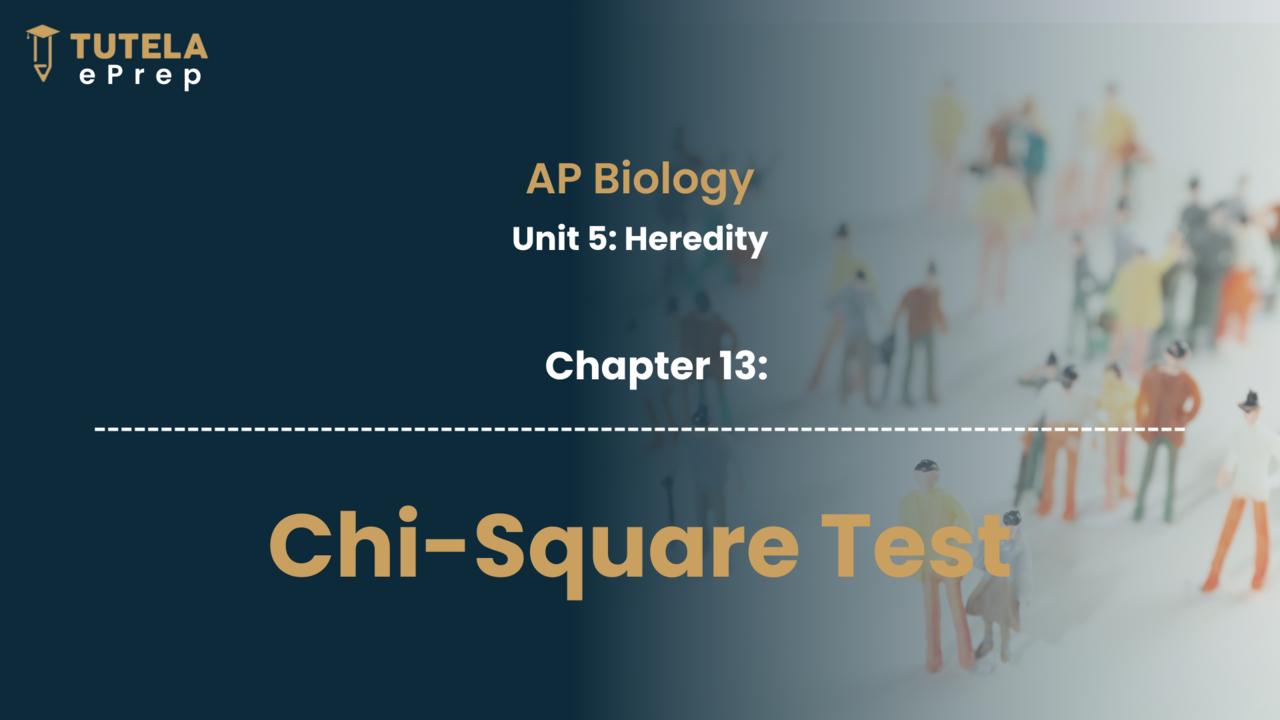

Class Notes
Unit 6: Gene Expression and Regulation
Historical Experiments and Structure of DNA

Purchase the course to proceed

DNA Replication

Purchase the course to proceed
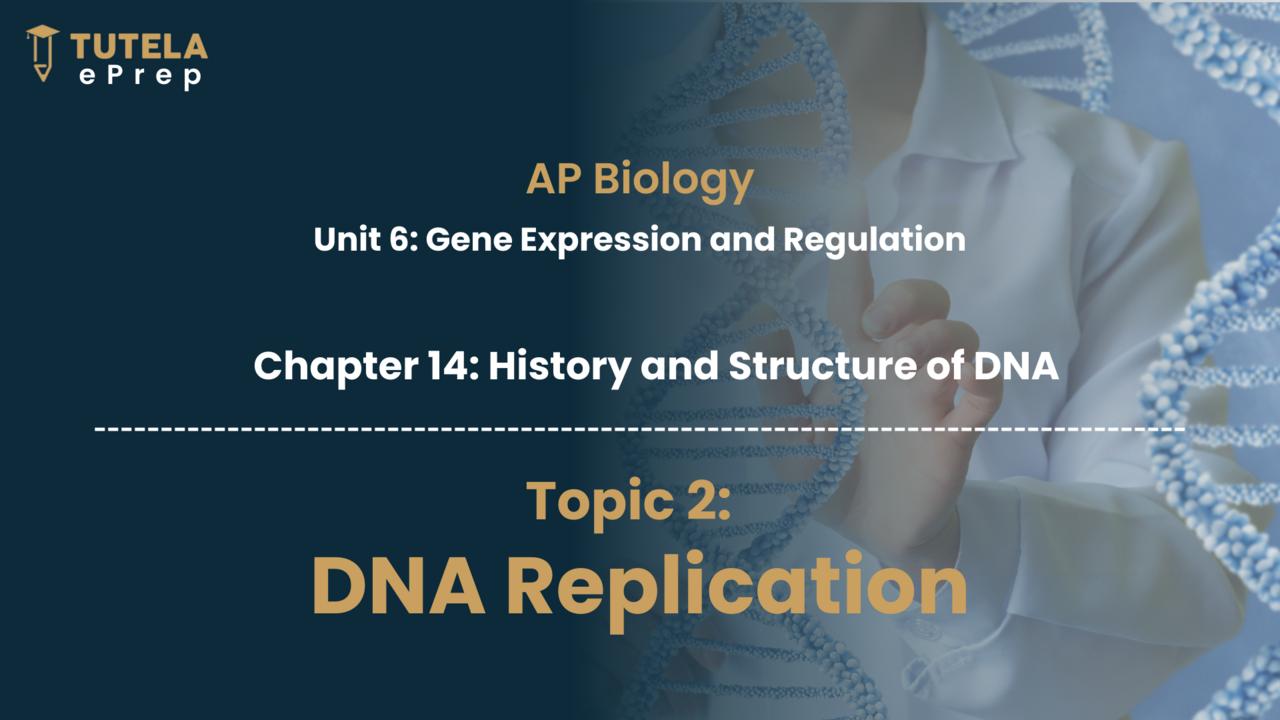
Transcription and Translation

Purchase the course to proceed
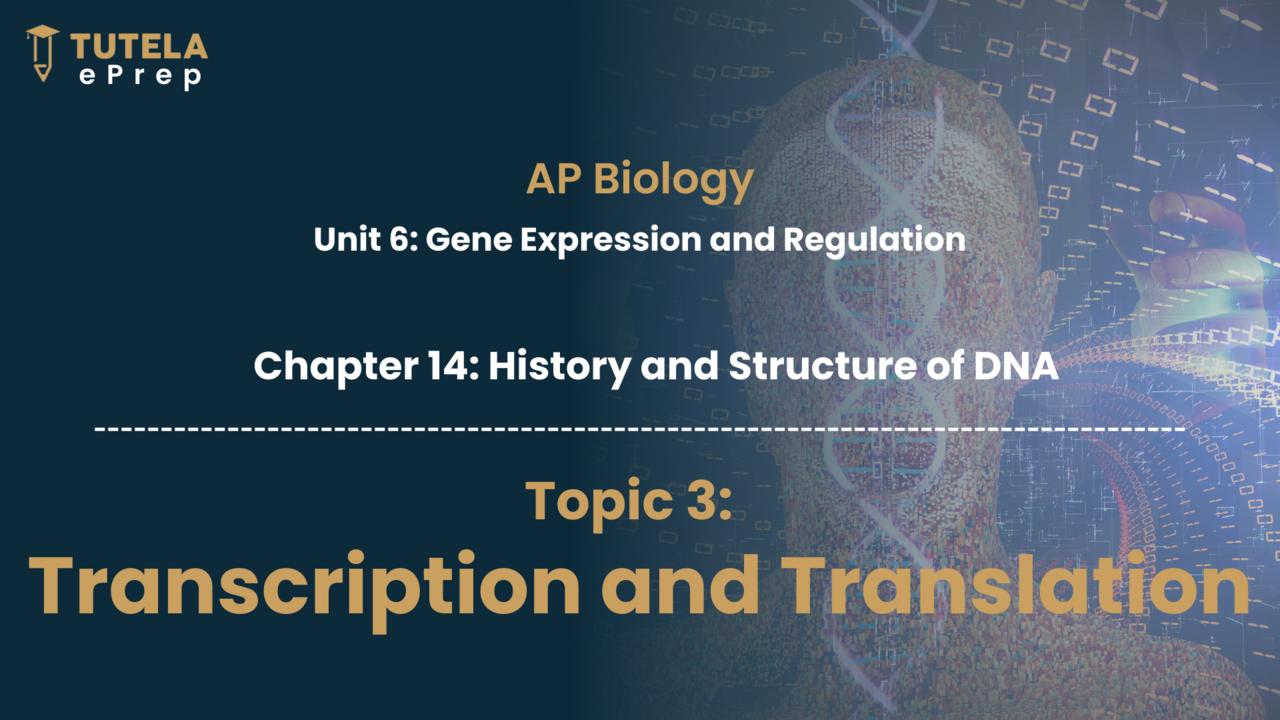

Purchase the course to proceed
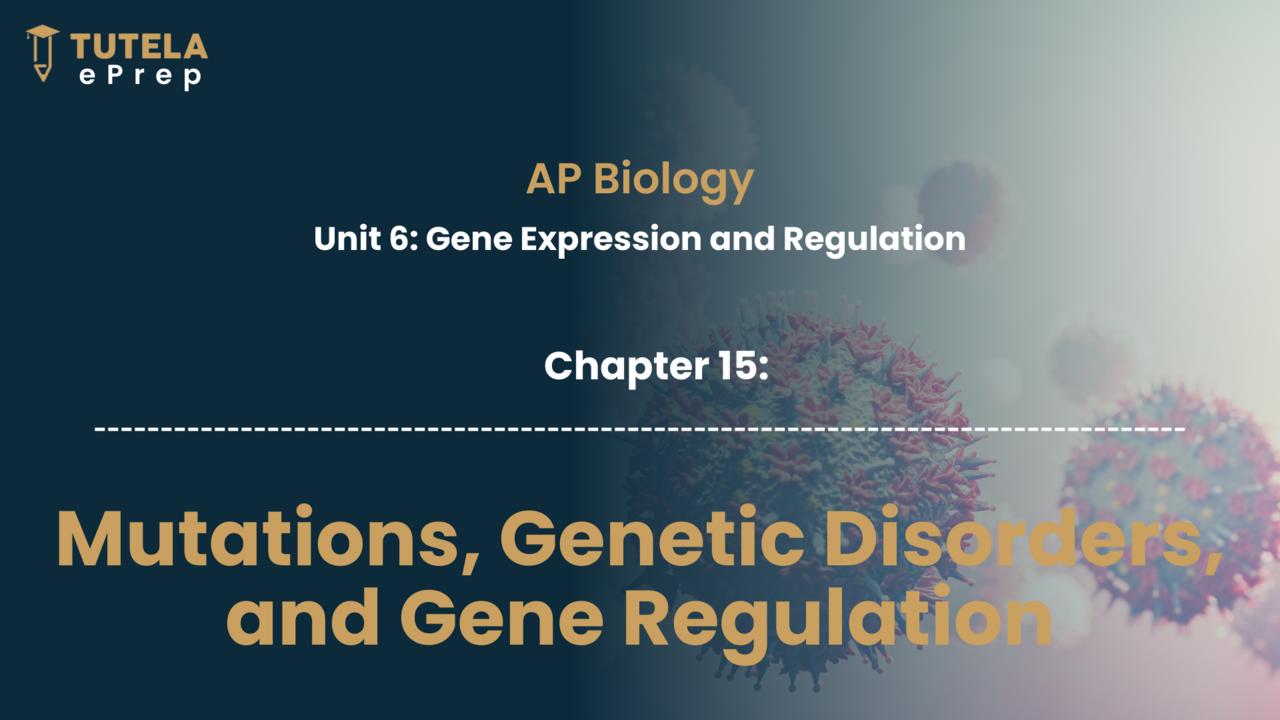

Class Notes
Unit 7: Natural Selection

Purchase the course to proceed
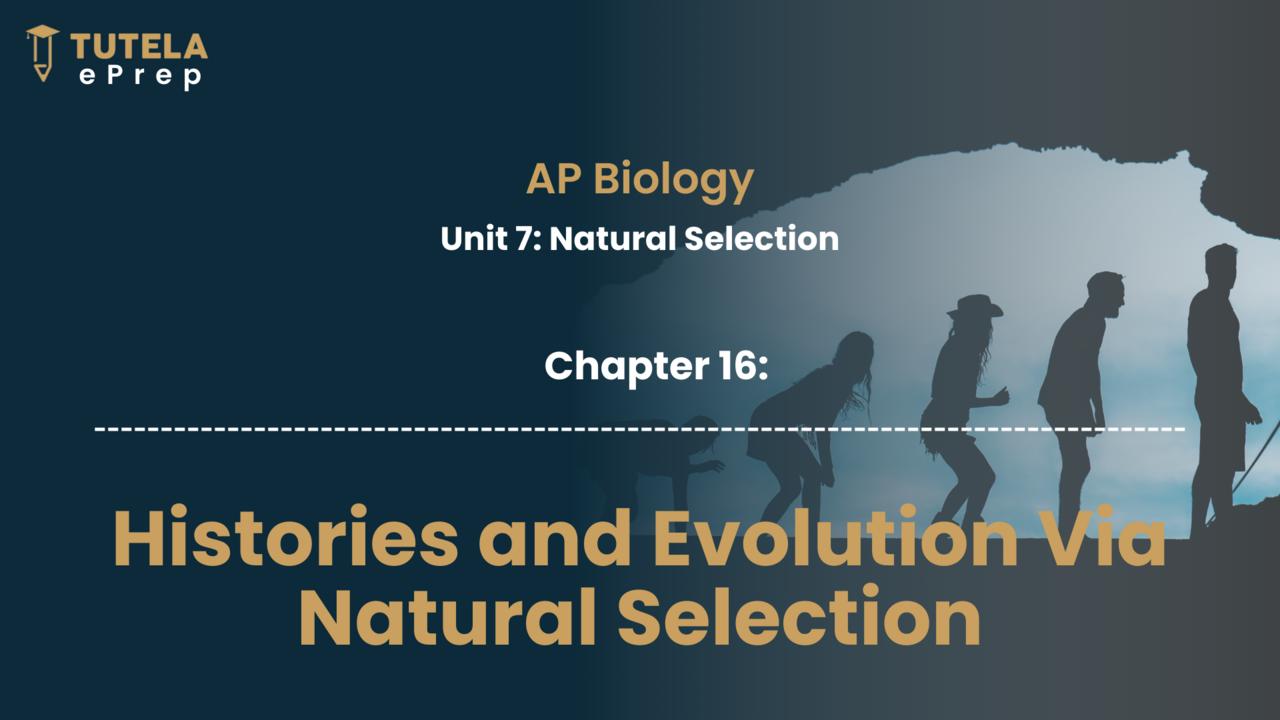

Class Notes

Purchase the course to proceed
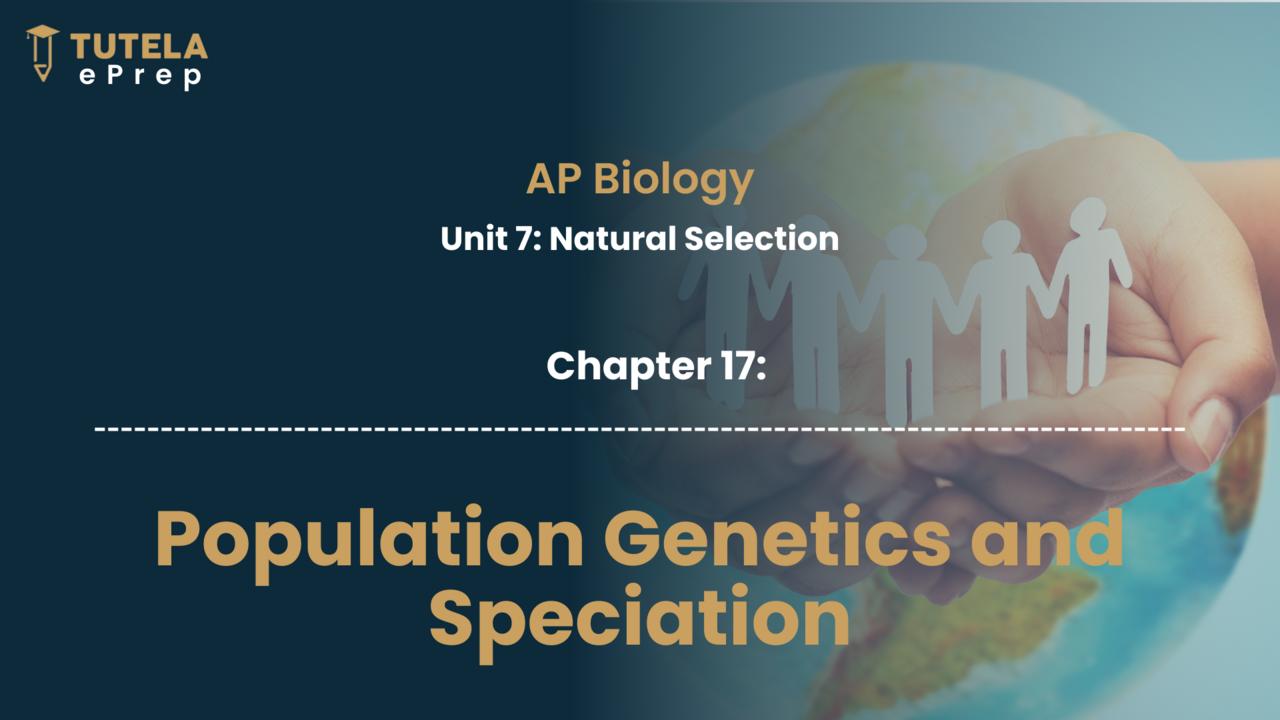

Class Notes

Purchase the course to proceed
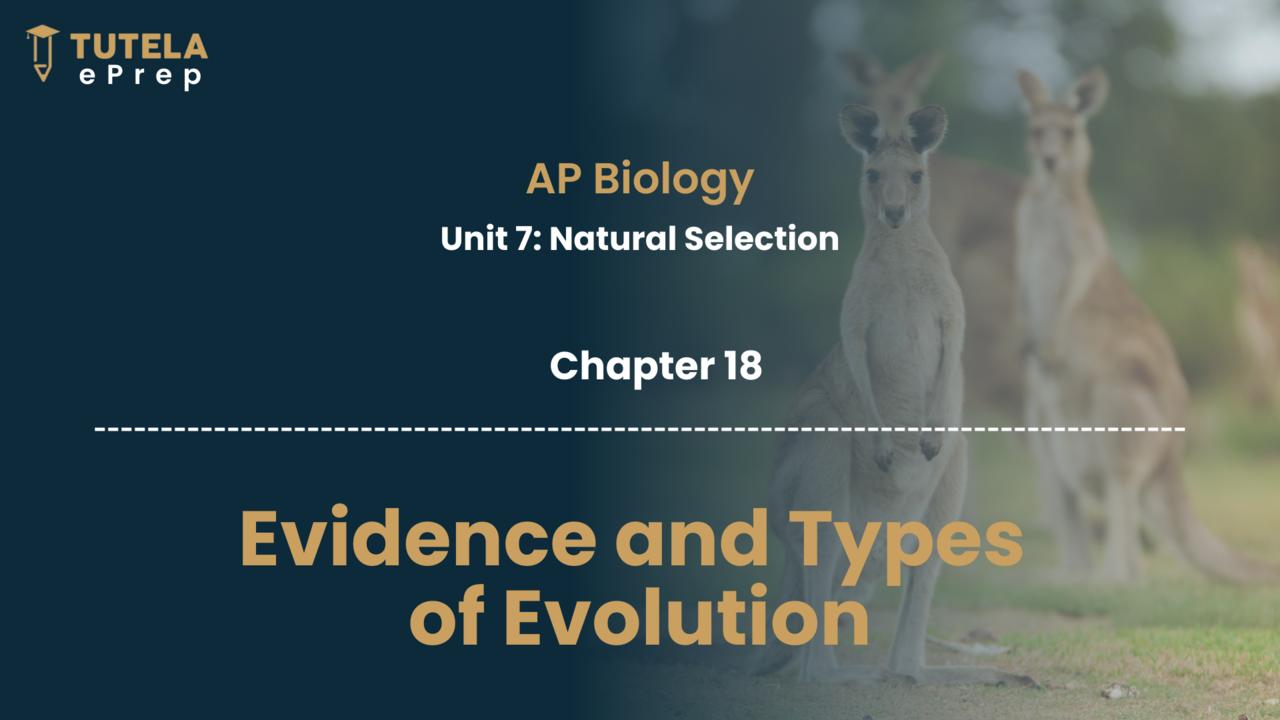

Class Notes

Purchase the course to proceed
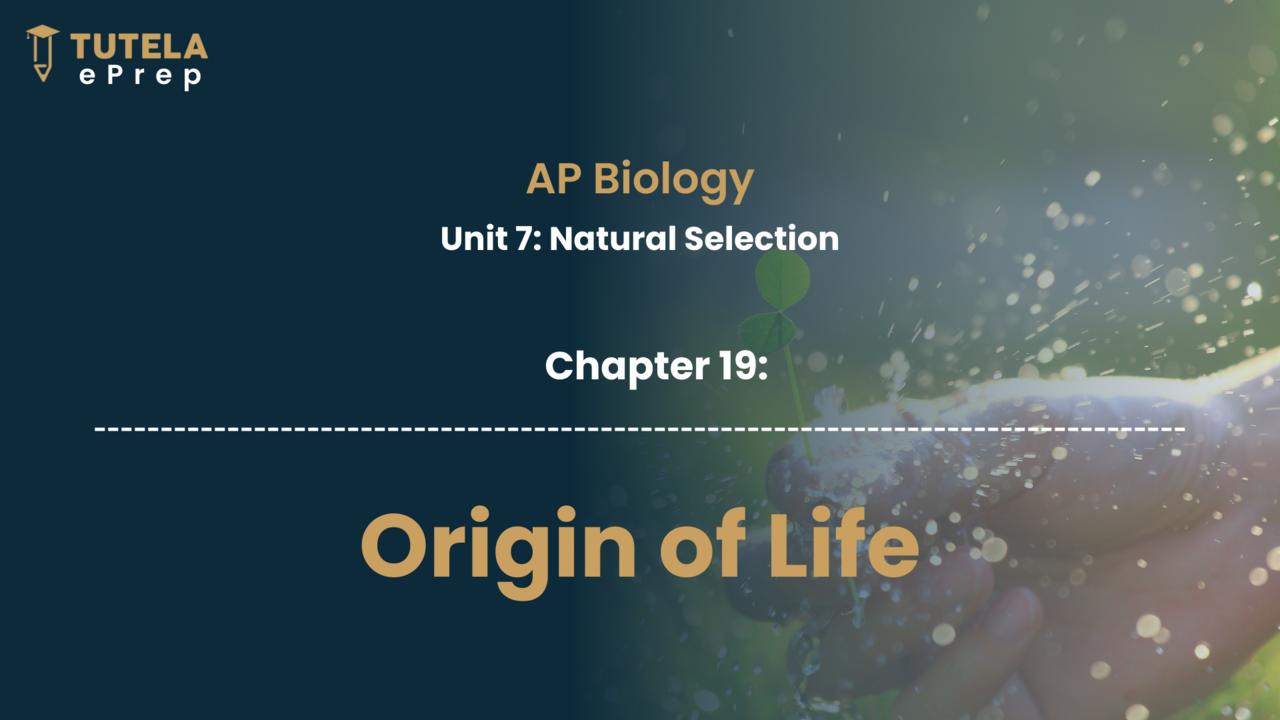

Class Notes
Unit 8: Ecology
Population Ecology

Purchase the course to proceed
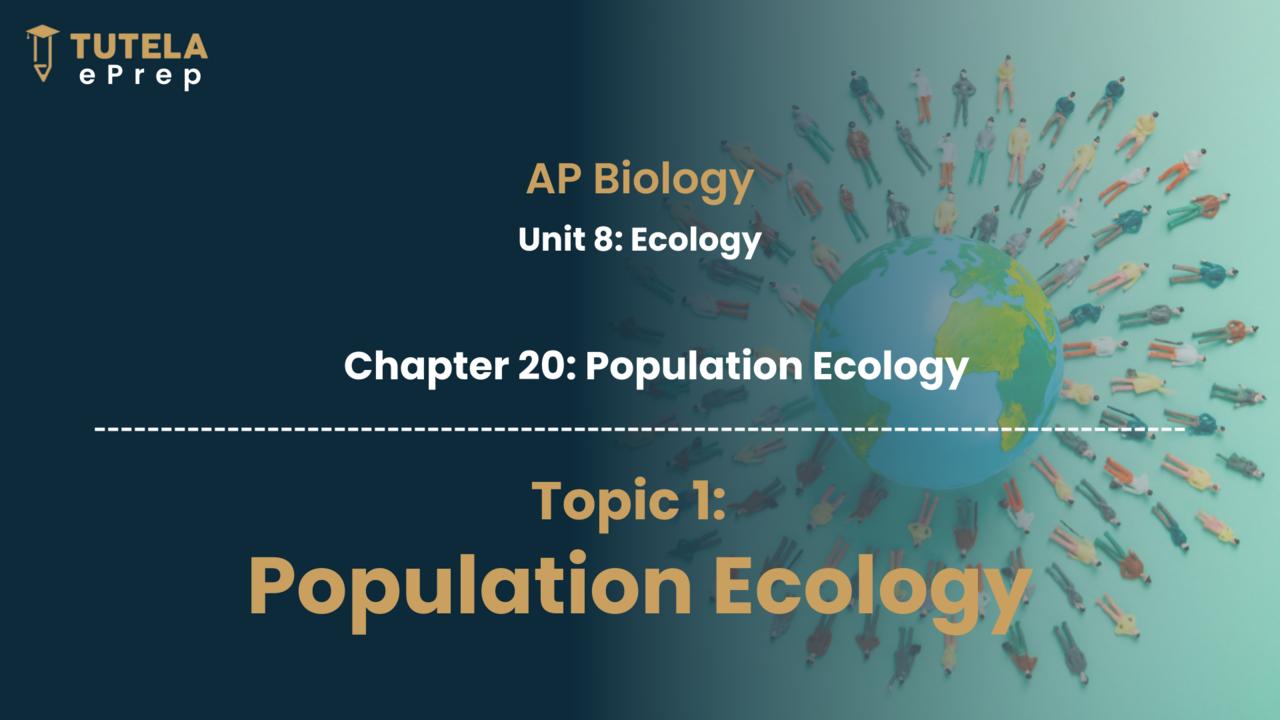
Population Dynamics and Community Ecology

Purchase the course to proceed
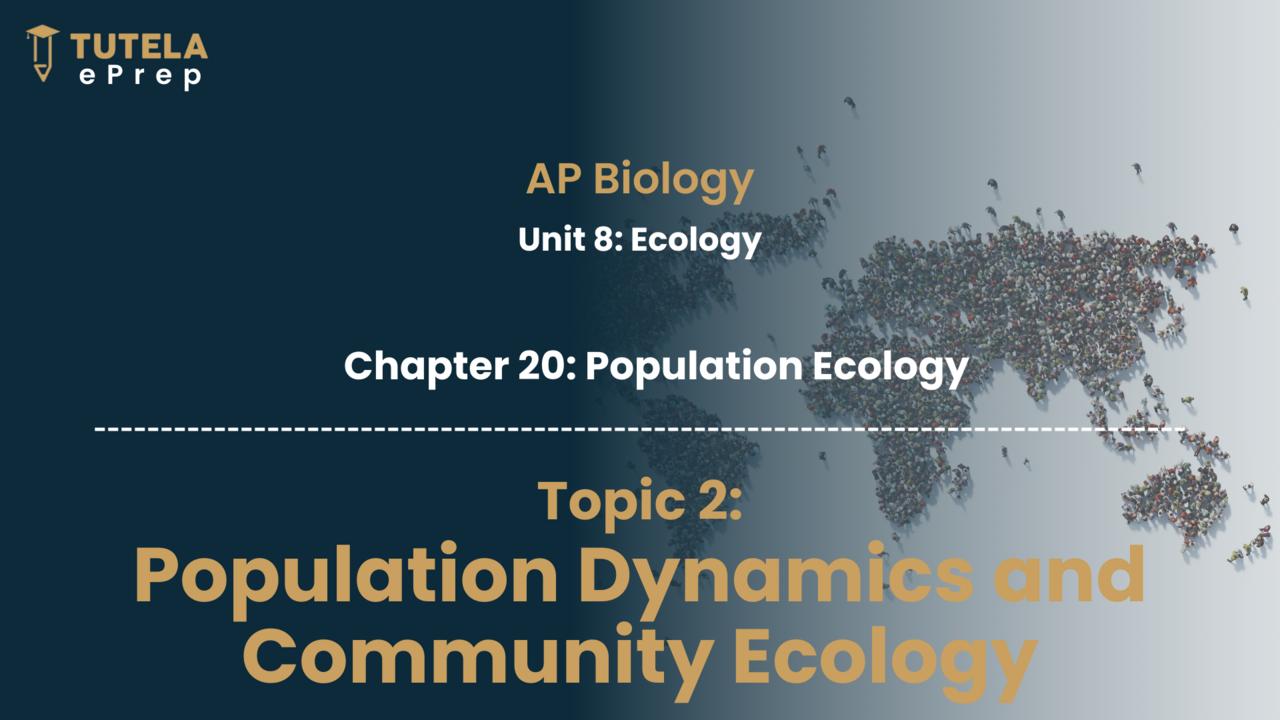

Purchase the course to proceed


Class Notes

Purchase the course to proceed
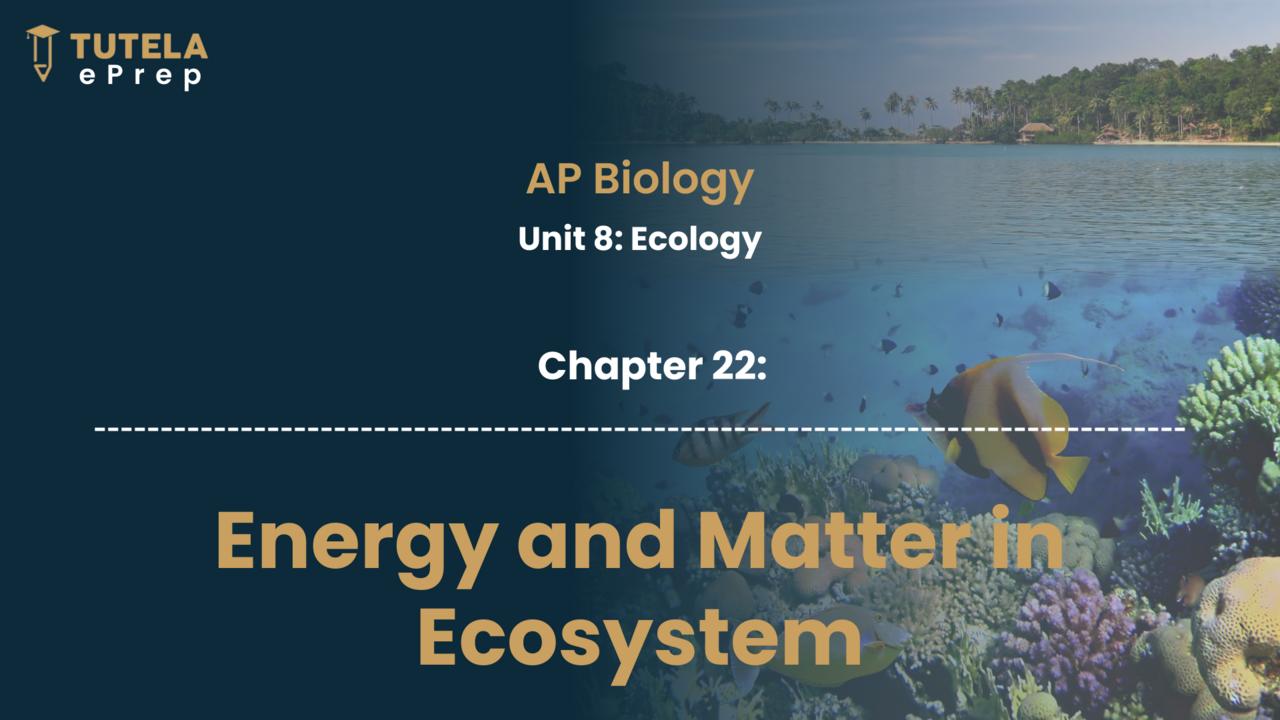

Class Notes
FLT 1: AP Biology FLT-1

Purchase the course to proceed
Section I
Multiple Choice Questions
Duration: 90mins
Total Questions: 60
Section II
Free-Response Questions
Duration: 90mins
Total Questions: 6
FLT 2: AP Biology FLT-2

Purchase the course to proceed
SECTION I
Multiple Choice Questions
Duration: 90mins
Total Questions: 60
SECTION II
Section II: Free-Response
Duration: 90mins
Total Questions: 6
FLT 3: AP Biology FLT-3

Purchase the course to proceed
SECTION I
Multiple Choice Questions
Duration: 90mins
Total Questions: 60
SECTION II
Section II: Free-Response
Duration: 90mins
Total Questions: 6
FLT 4: AP Biology FLT-4

Purchase the course to proceed
SECTION I
Multiple Choice Questions
Duration: 90mins
Total Questions: 60
SECTION II
Section II: Free-Response
Duration: 90mins
Total Questions: 6
